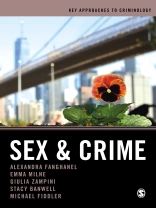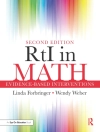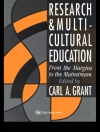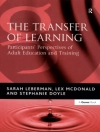A comprehensive account of the myriad ways that sex and crime interact in contemporary social life, sensitively confronting topics such as nationhood, abortion, child sexual exploitation, war, disability, pornography, and digital cultures. To explain how sex and crime is composed by, and composes, our understanding of these issues, this book:
- Draws on the authors’ research expertise, insightful case studies, and leading scholarship from across the globe.
- Develops students’ capacity to engage thoughtfully with diverse problems and to think critically, this is achieved with the help of creative learning exercises, empathetic questioning, and relevant illustrative examples.
- Encourages readers to be reflexive, open-spirited, and curious about how issues of sex and crime touch their lives and those of people around them.
विषयसूची
Part One: Encountering Sex and Crime
Chapter One: Introduction
Chapter Two: Theory: How to think about sex and crime
Chapter Three: Sex and crime in time and space
Part Two: State, sex, and crime
Chapter Four: Consent and its discontents
Chapter Five: Sex and institutional cultures of abuse
Chapter Six: Reproduction, sex and crime
Chapter Seven: Sexual exploitation and the State
Chapter Eight: Sex and war
Part Three: Sex, cultures, and crime
Chapter Nine: Pleasurable risk
Chapter Ten: Sex and disability
Chapter Eleven: Digital sex
Chapter Twelve: Children, sexualisation and the law
Chapter Thirteen: Illegal representations
Part Four: Future Sex
Chapter Fourteen: The Future
Chapter Fifteen: How to change your life: hope, love, anger and other unlikely revolutionaries
Glossary
Bibliography
लेखक के बारे में
Dr Michael Fiddler is
Senior Lecturer in Criminology at the University of Greenwich. Michael′s research has explored prison architecture, as well as the ways in which the ‘gothic’ and ‘uncanny’ can be applied to representations of imprisonment and violence. Michael′s urrent project is focused upon ‘Ghost Criminology’ and unpacking the ways in which the conceptual metaphors of haunting and spectrality can be applied to crime and punishment.












